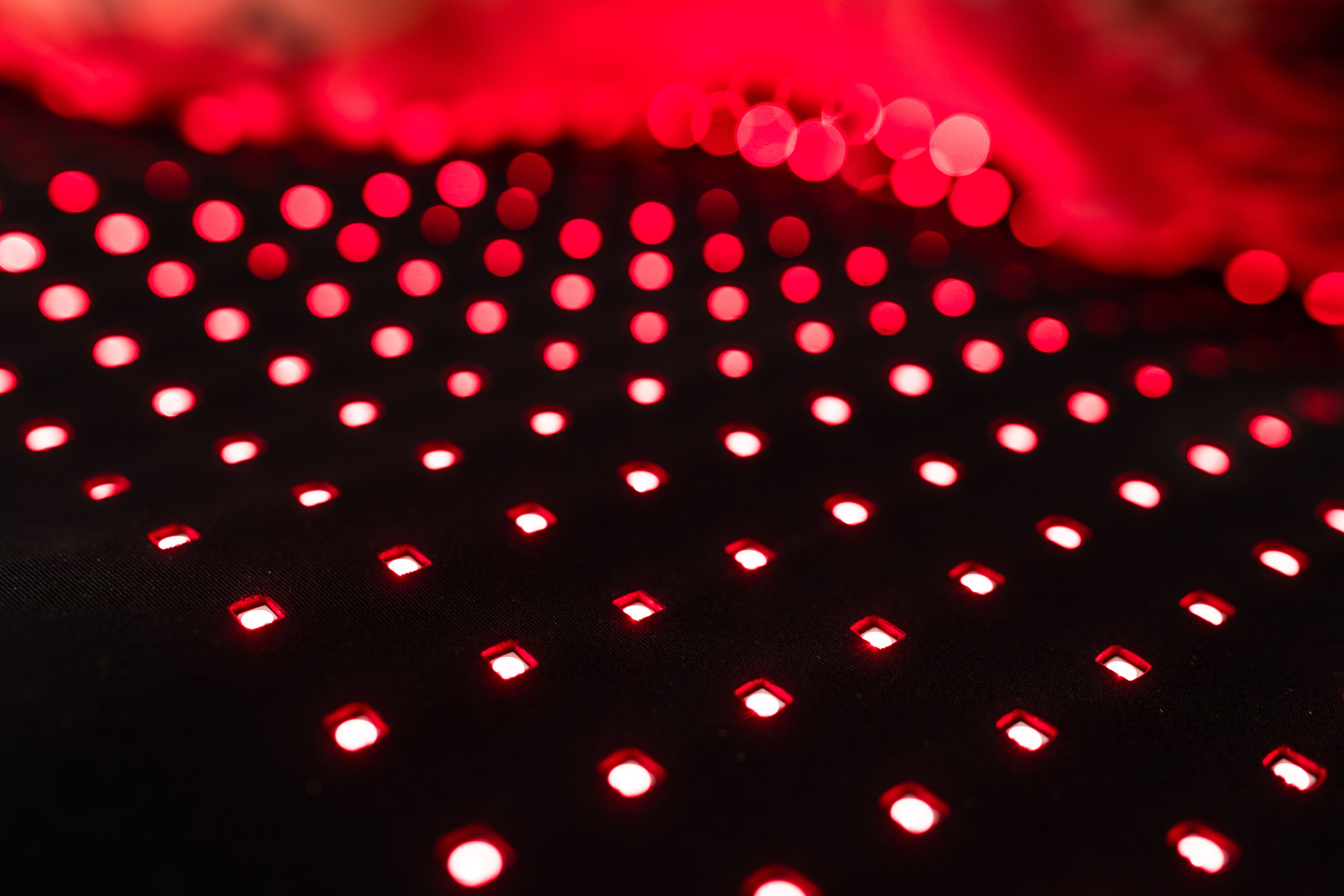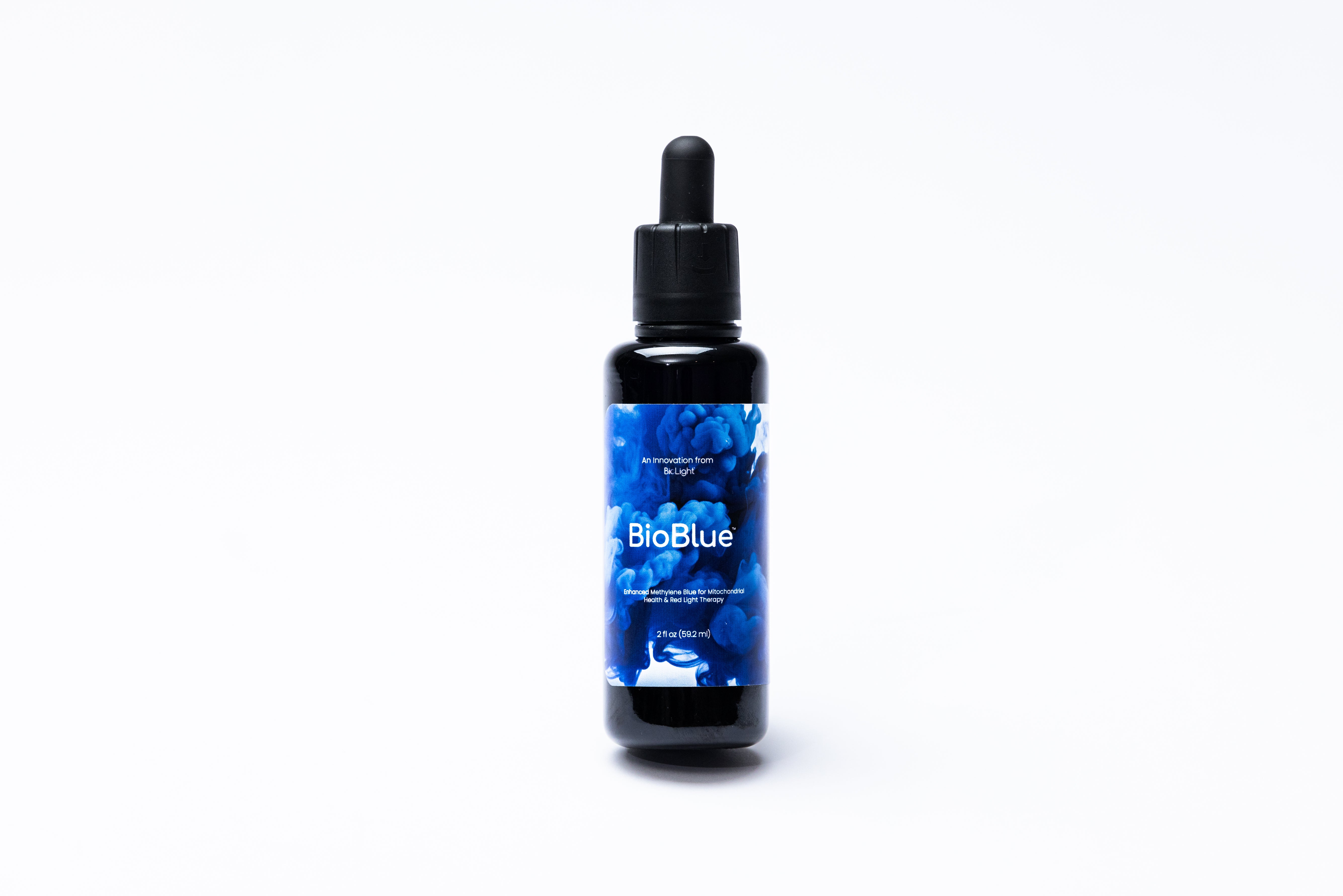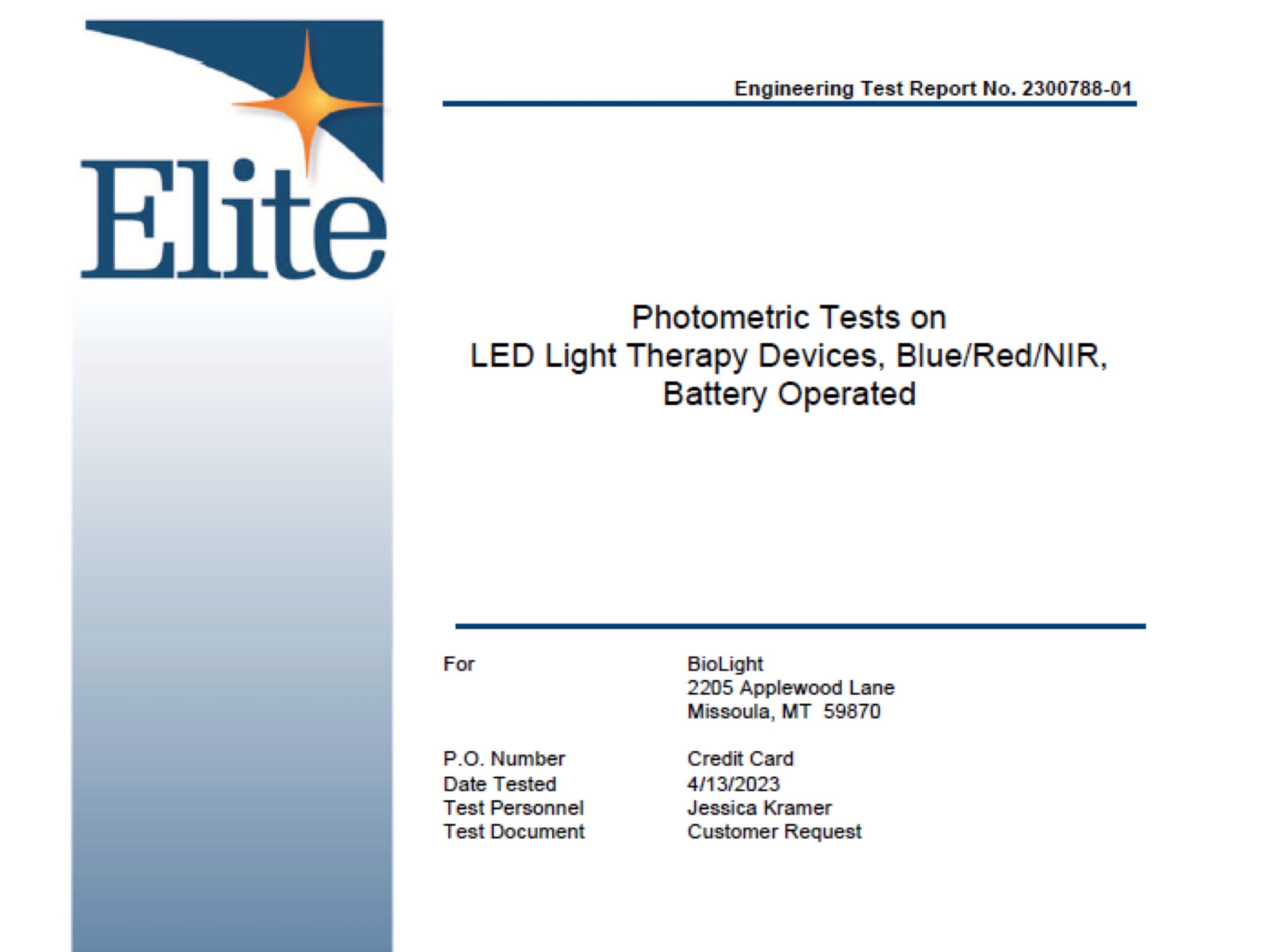In the ongoing quest for effective cancer treatments, Methylene Blue has emerged as a compound of interest. Known primarily for its use in treating methemoglobinemia, Methylene Blue is now being investigated for its potential anti-cancer properties. This blog explores the scientific evidence and potential mechanisms behind Methylene Blue's role in combating cancer.
The Anti-Cancer Potential of Methylene Blue
Historical Context and Initial Discoveries
Methylene Blue's journey from a synthetic dye to a medical treatment began in the late 19th century. Over time, researchers discovered its ability to generate reactive oxygen species (ROS) under certain conditions, which can induce cell death in cancer cells. This property sparked interest in its potential as an anti-cancer agent.
Mechanisms of Action
Several mechanisms have been proposed for Methylene Blue's anti-cancer effects:
Inducing Apoptosis
Methylene Blue can induce apoptosis, or programmed cell death, in cancer cells. By increasing ROS production, it disrupts the cellular processes in cancer cells, leading to their destruction.
Inhibiting Tumor Growth
Studies have shown that Methylene Blue can inhibit the growth of certain types of tumors. It interferes with the mitochondrial function of cancer cells, reducing their ability to proliferate.
Enhancing Photodynamic Therapy
Methylene Blue is also used in photodynamic therapy (PDT), a treatment that involves light activation. When exposed to specific wavelengths of light, Methylene Blue produces ROS, effectively killing cancer cells while sparing healthy tissue.
Clinical Studies and Research
Promising Preclinical Studies
Numerous preclinical studies have demonstrated the anti-cancer effects of Methylene Blue. For instance, research on breast and prostate cancer cells has shown significant tumor reduction when treated with Methylene Blue.
Clinical Trials and Human Studies
While preclinical results are promising, clinical trials are essential to confirm Methylene Blue's efficacy and safety in humans. Several clinical trials are currently underway to evaluate its potential in cancer treatment, focusing on dosage optimization and minimizing side effects.
Safety and Considerations
Side Effects and Toxicity
As with any potential treatment, understanding the side effects and toxicity of Methylene Blue is crucial. Common side effects include nausea, headache, and dizziness. High doses can lead to more severe complications, highlighting the importance of medical supervision.
Combination Therapies
Combining Methylene Blue with other cancer treatments, such as chemotherapy and radiation, may enhance its efficacy. Ongoing research aims to determine the most effective combinations and protocols.
The Future of Methylene Blue in Cancer Treatment
Methylene Blue holds promise as an adjunct treatment for cancer, potentially improving outcomes and quality of life for patients. As research progresses, it may become a valuable addition to the arsenal of anti-cancer therapies. Stay informed and consult with healthcare professionals when considering new treatment options.















